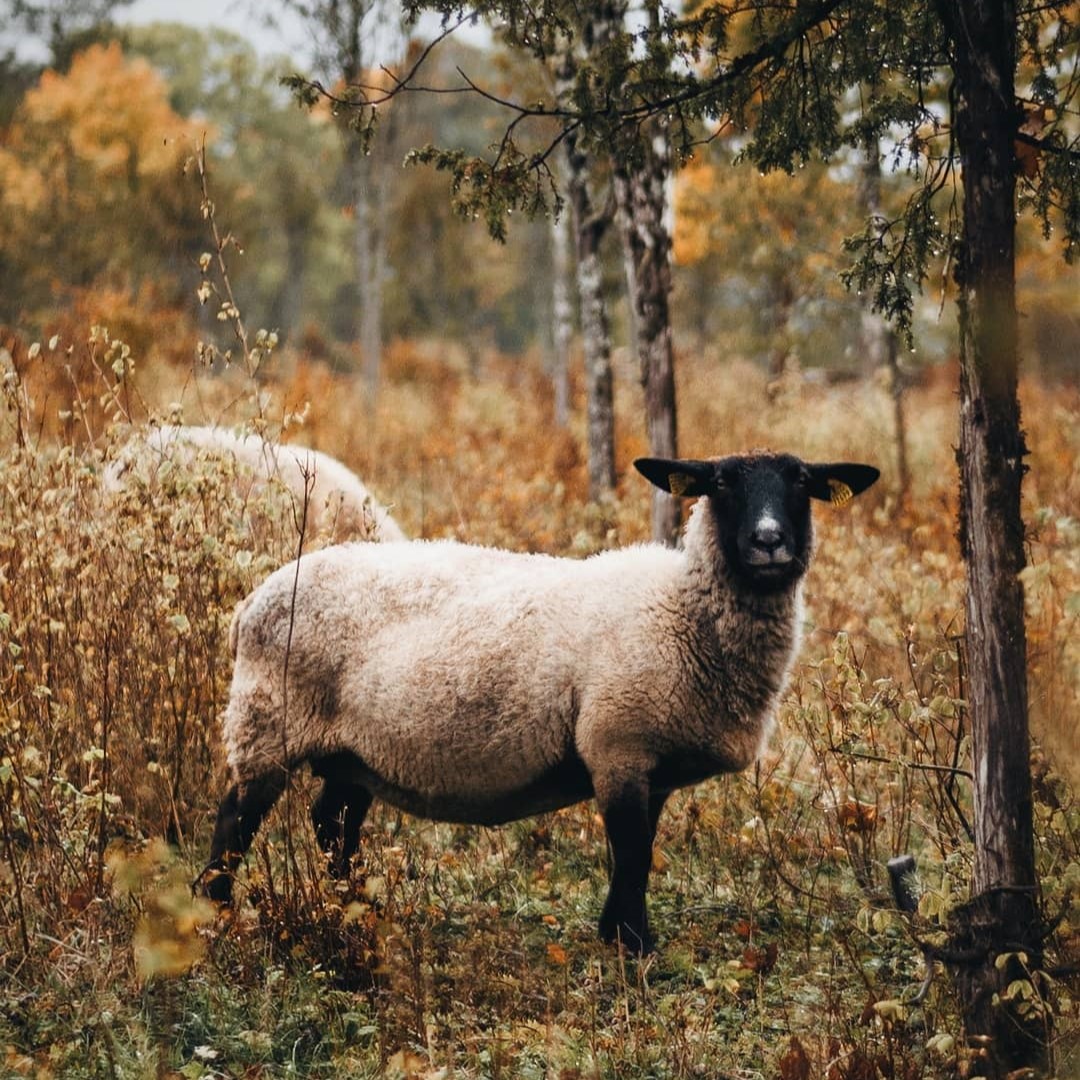Estonian and Norwegian Sheep Wool as a Textile Material
Properties and Possibilities for Use Based on the Example of the Wool of Six Sheep Breeds
DOI:
https://doi.org/10.7577/formakademisk.5450Keywords:
local sheep breeds, testing of wool properties, wool value chainAbstract
In Estonia, up to 90% of local wool is not adequately valued, while in Norway, due to the well-functioning wool-buying and -sorting system, a large part of local wool is used purposefully. However, both countries have room for improvement in terms of the better usage of local wool. This article provides an overview of the Estonian-Norwegian wool research conducted in from 2020 to 2023 and its main results. During the study, wool was collected from three Estonian and three Norwegian sheep breeds, semi-worsted yarn was made from it, and knitted and woven fabrics were produced. Wool, yarn, and fabrics were tested in numerous ways. The paper presents the main test results and suggests how wools with a wide range of qualities can be used in innovative ways to create textiles. The smart use of materials is based on the possibilities offered by medium-sized production and knowledge about local wool.
References
Alsborn, N. M. (2022). Meeting the material halfway: Exploring the material affordances in Norwegian Old Spæl Sheep spring wool using felting as technique. [Master’s Thesis University of South-Eastern Norway]. https://hdl.handle.net/11250/3028398
EVS-EN ISO 139:2005 Textiles - Standard atmospheres for conditioning and testing.
EVS-EN 12751:2000 Textiles - Sampling of fibres, yarns and fabrics for testing.
Haugronning, V., Broda, J., Espelien, I. S., Klepp, I. G., Kobiela-Mendrek, K., Rom, M., Sigaard, A. S., & Tobiasson, T. S. (2022). Upping the WOOLUME: Waste prevention based on optimal use of materials. In I. G. Klepp, T. S. Tobiasson (Eds.), Local, Slow and Sustainable Fashion. Wool as a Fabric for Change (pp 61–82). Palgrave Macmillan. https://doi.org/10.1007/978-3-030-88300-3_8
Johnson, N. A.G., Wood, E. J., Ingham, P. E., McNeil, S. J., & McFarlane, I. D. (2003). Wool as a technical fibre. The Journal of the Textile Institute, 94(3–4), 26–41. https://doi.org/10.1080/00405000308630626
Matsin, A., Tali, K., Kabun, K., & Kool, L. (2022). Ülevaade Eesti villamajandusest [Overview of Estonian wool industry]. Studia Vernacula 14, 206–223. https://doi.org/10.12697/sv.2022.14
Matsin, A., Beilmann, M., Espelien Blomli, M., Kaljus, A., Lehis, L., Svorkmo Espelien, I., Tuulik, D., & Wendelbo, E., (2023). From Wool to Fabric. Estonian and Norwegian sheep’s wool as a textile material. Production, properties and possibilities of use on the example of the wool of six sheep breeds. University of Tartu Viljandi Culture Academy. https://sisu.ut.ee/sites/default/files/eestivill/files/wool_to_fabric_a4_12_0.pdf
Norsk sau og geit [The Norwegian Association of Sheep and Goat Farmers]. (2022, September 12). www.nsg.no
Põllumajanduse Registrite ja Informatsiooni Amet [Agricultural Registers and Information Agency]. (2022, August 16). https://www.pria.ee/sites/default/files/aruanded/Lammaste ja kitsede statistika.xlsx

Downloads
Published
How to Cite
Issue
Section
License
Copyright (c) 2023 Ave Matsin, Merje Beilmann, Marte Espelien Blomli, Astri Kaljus, Liina Lehis, Ingvild Svorkmo Espelien, Diana Tuulik

This work is licensed under a Creative Commons Attribution-NoDerivatives 4.0 International License.
Authors who publish with this journal agree to the following terms:
- Authors retain copyright and grant the journal right of first publication with the work simultaneously licensed under a Creative Commons Attribution 4.0 License that allows others to share the work with an acknowledgement of the work's authorship and initial publication in this journal.
- Authors are able to enter into separate, additional contractual arrangements for the non-exclusive distribution of the journal's published version of the work (e.g., post it to an institutional repository or publish it in a book), with an acknowledgement of its initial publication in this journal.
- Authors are permitted and encouraged to post their work online (e.g., in institutional repositories or on their website) prior to and during the submission process, as it can lead to productive exchanges, as well as earlier and greater citation of published work (See The Effect of Open Access).
- The author(s) must manage their economic reproduction rights to any third party.
- The journal makes no financial or other compensation for submissions, unless a separate agreement regarding this matter has been made with the author(s).
- The journal is obliged to archive the manuscript (including metadata) in its originally published digital form for at least a suitable amount of time in which the manuscript can be accessed via a long-term archive for digital material, such as in the Norwegian universities’ institutional archives within the framework of the NORA partnership.
The material will be published OpenAccess with a Creative Commons 4.0 License which allows anyone to read, share and adapt the content, even commercially under the licence terms:
This work needs to be appropriately attributed/credited, a link must be provided to the CC-BY 4.0 licence, and changes made need to be indicated in a reasonable manner, but not in any way that suggests that the licensor endorses you or your use.



